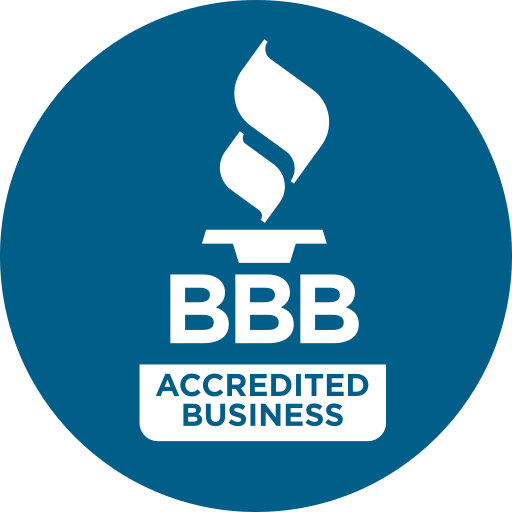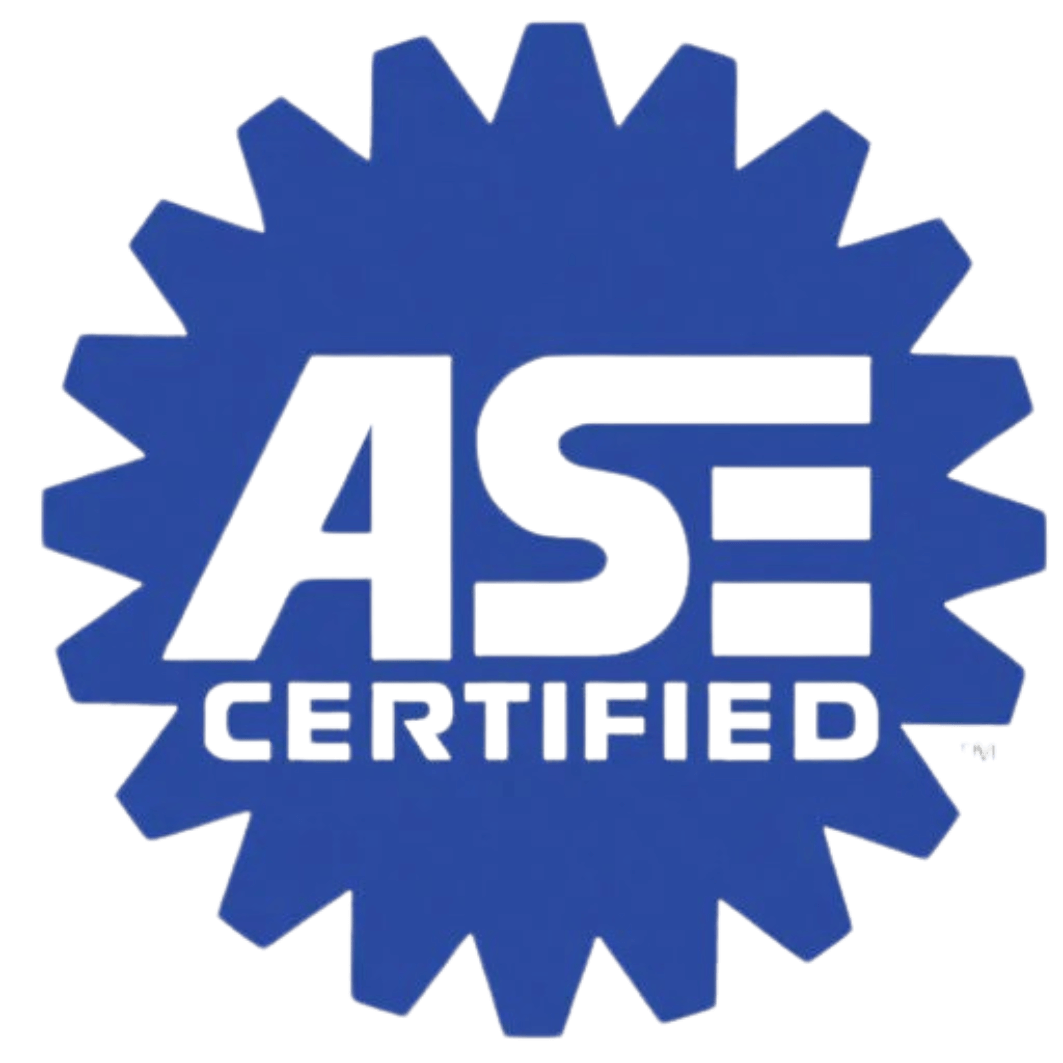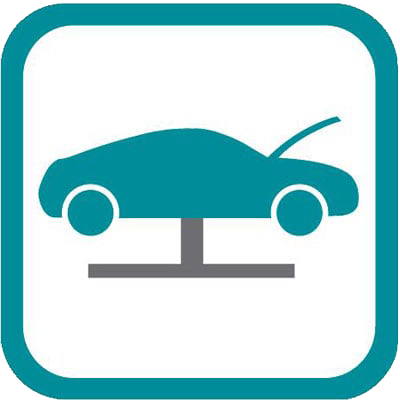Des Moines Car-X Tire & Auto Dealer wins Dealer of the Year
Des Moines, IA May 02, 2011 – Car-X Service Systems of Chicago recently announced that Mark and Julie Goldner have been named 2010 Regional Dealers of the Year. The Goldner’s own and operate the five Car-X Auto Service Centers in Des Moines and Ames. This is the 3nd year in a row that they have […]
Winter Driving: How to Stay Safe Driving in the Snow

Winter is just around the corner, which means that adverse weather conditions like snow, ice, and freezing temperatures are going to make the roads that much more dangerous and pose significant risks for both experienced and brand-new drivers. At Car-X, we want to ensure your safety and the safety of others on the road, so […]
Catalytic Converters
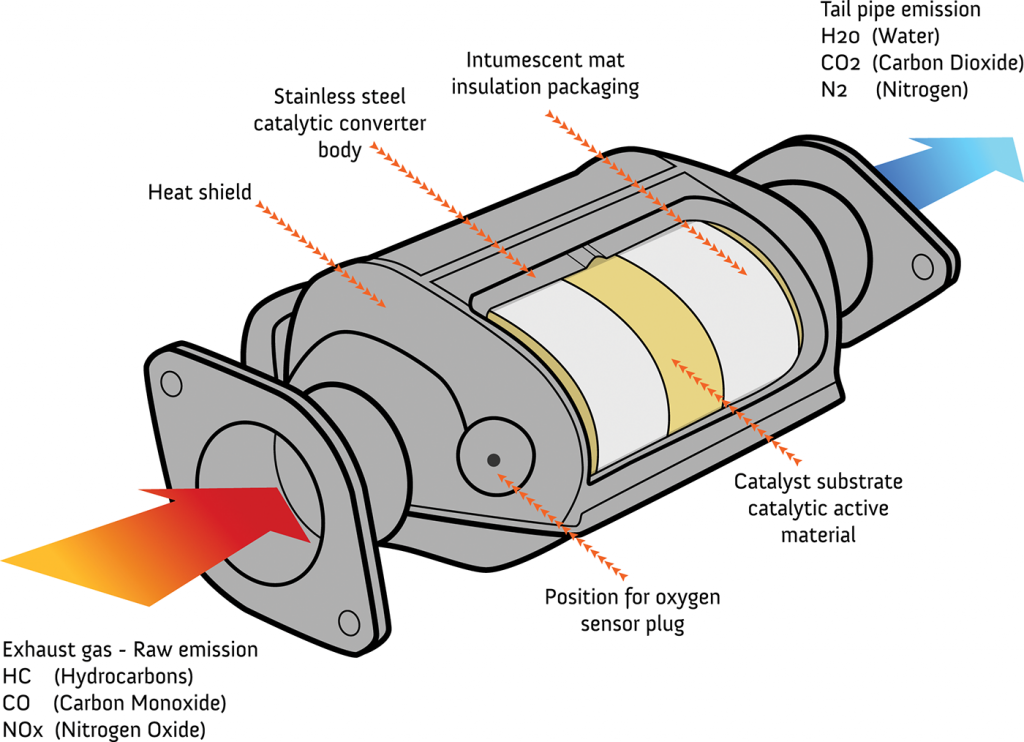
For nearly fifty years, the catalytic converter has been an essential component of an automobile’s emission and exhaust system. These devices have also been in the news in recent years, as they are frequently stolen from the underneath of cars. What is a Catalytic Converter? First appearing onto the automotive scene around 1975, a catalytic converter is an […]
“Enjoy Illinois” 300 Nascar Races

The BREX Car-X Group sponsored the “Enjoy Illinois 300” Nascar Races at the Worldwide Technology Raceway in Madison County on June 3rd & 4th. It was a very hot 90+ degrees both Saturday and Sunday with just under 100,000 fans over the two days of racing. In spite of the heat, it was a great […]
What’s the Difference Between Conventional vs. Semi-Synthetic Oil?
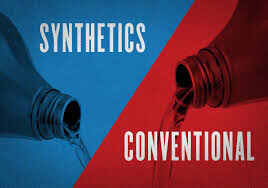
When it comes to the maintenance of vehicles, motor oil, and oil changes are imperative. Motor oil is essential for properly lubricating a car’s engine, at all temperatures and speeds. There are many different types of motor oil on the market today, including conventional, synthetic, and semi-synthetic blends. No matter what kind of car you […]
Why is My Check Engine Light On?
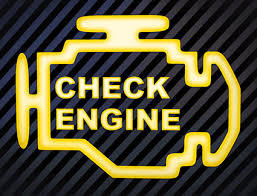
You are driving your car down the freeway, and everything seems to be fine. Then suddenly the Check Engine Light illuminates on the dashboard. When this issue occurs, it is important that you address this problem in a timely manner. In this blog, we will take a look at what to do when your Check Engine Light […]
Should your College Student Take their Car to School?
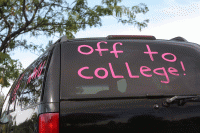
Back to school can be a time of big decisions for parents and students. One of the most difficult is whether or not to take a car away to college. Consider the following when making this decision: • Responsible use – Has your child done his or her part in taking care of their vehicle […]
How to Maximize Fuel Economy
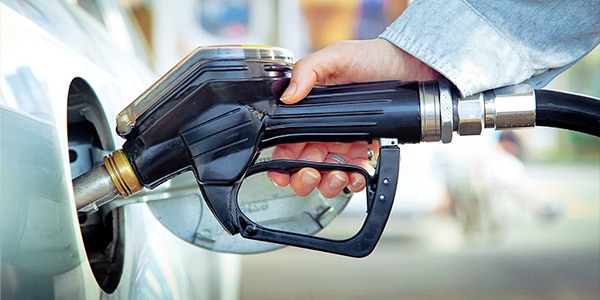
Improving fuel economy is a matter of changing your driving habits. The benefits range from environmental to personal and financial. Here are some easy and effective tips…
Everything you Need to Know About Vehicle Recalls

Vehicle recalls occur more frequently than most of us are aware of. This results when a manufacturer determines that a car model has a safety related defect that does not comply with the government’s safety standard. The manufacturer is then required to alert owners of this problem and may offer to repair the issue at […]
Winterize your vehicle

If the weather turns frightful is your vehicle ready for winter driving? Stay safe & keep your vehicle in good working order this winter…
